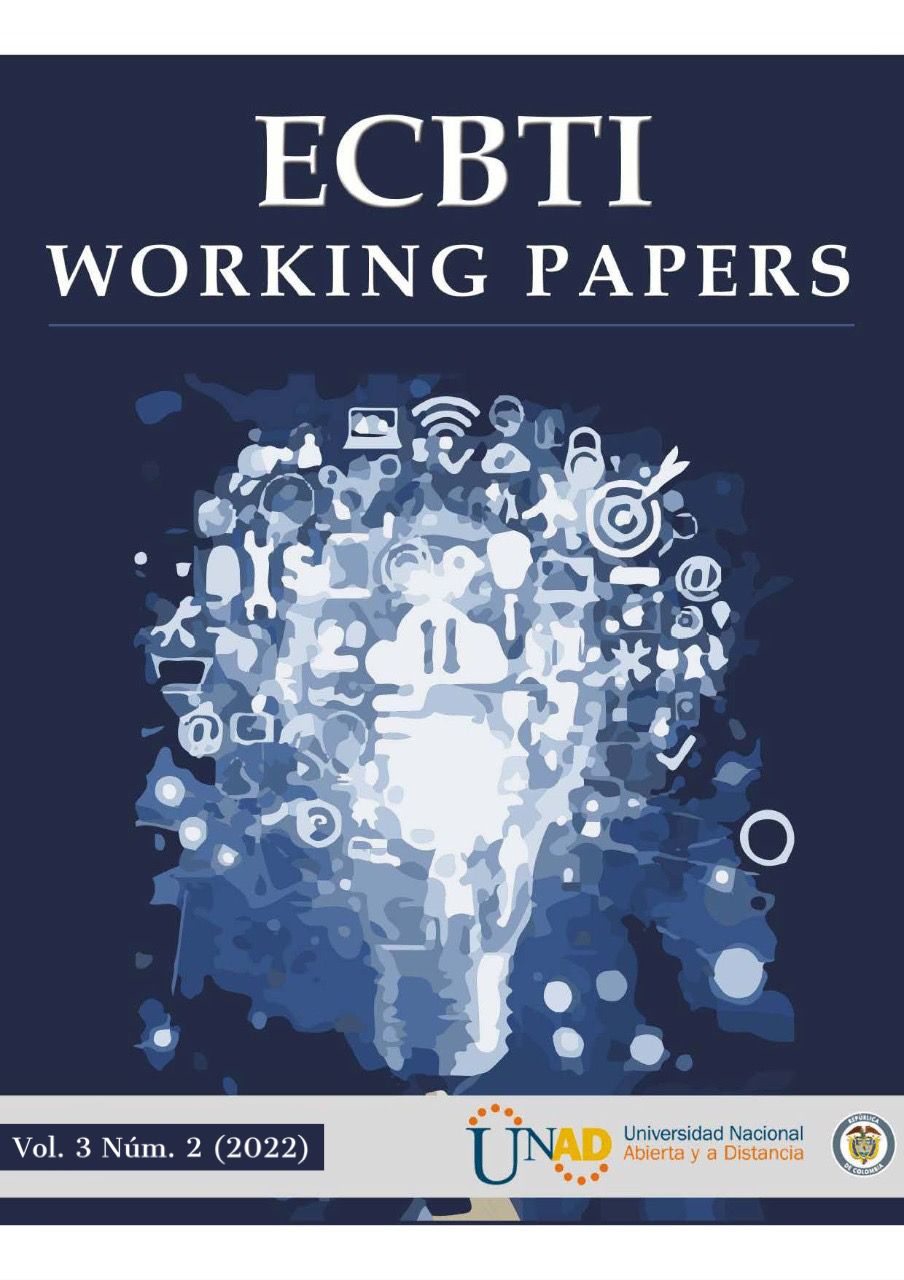Polymerase Chain Reaction (PCR), for the identification of pathogenic bacteria in meat products
Meat and its derivatives are the most produced and consumed foods worldwide, being also the most implicated in foodborne diseases (FBD); Campylobacter spp., Salmonella spp., Listeria monocytogenes and Escherichia coli, are the most implicated bacteria in foodborne outbreaks and the ones responsible for the largest recall of batches of food products from the market. The Polymerase Chain Reaction (PCR) technique is of great importance in food analysis because it has allowed the identification of pathogens in a rapid and reliable manner unlike conventional microbiological methods. When reviewing the Scopus and Web Of Science (WoS) databases, at the international level from 2000 to date, few bibliometric reviews were found about the use of PCR for the identification of some of the mentioned microorganisms or in general, therefore, it was evidenced that there have not been enough reviews regarding the use of PCR in the detection of the main pathogens in meat and its derivatives. The present document aims to review the PCR techniques used in the identification of the main pathogenic bacteria in meat and meat by-products. This study will be carried out by reviewing the main databases such as Scopus and Web Of Science, which will provide information on the updates of the technique, will show what has been researched on the subject and what still needs to be researched, and will also allow generating new knowledge, and from the results, new researches will be projected for the solution of the problem.





